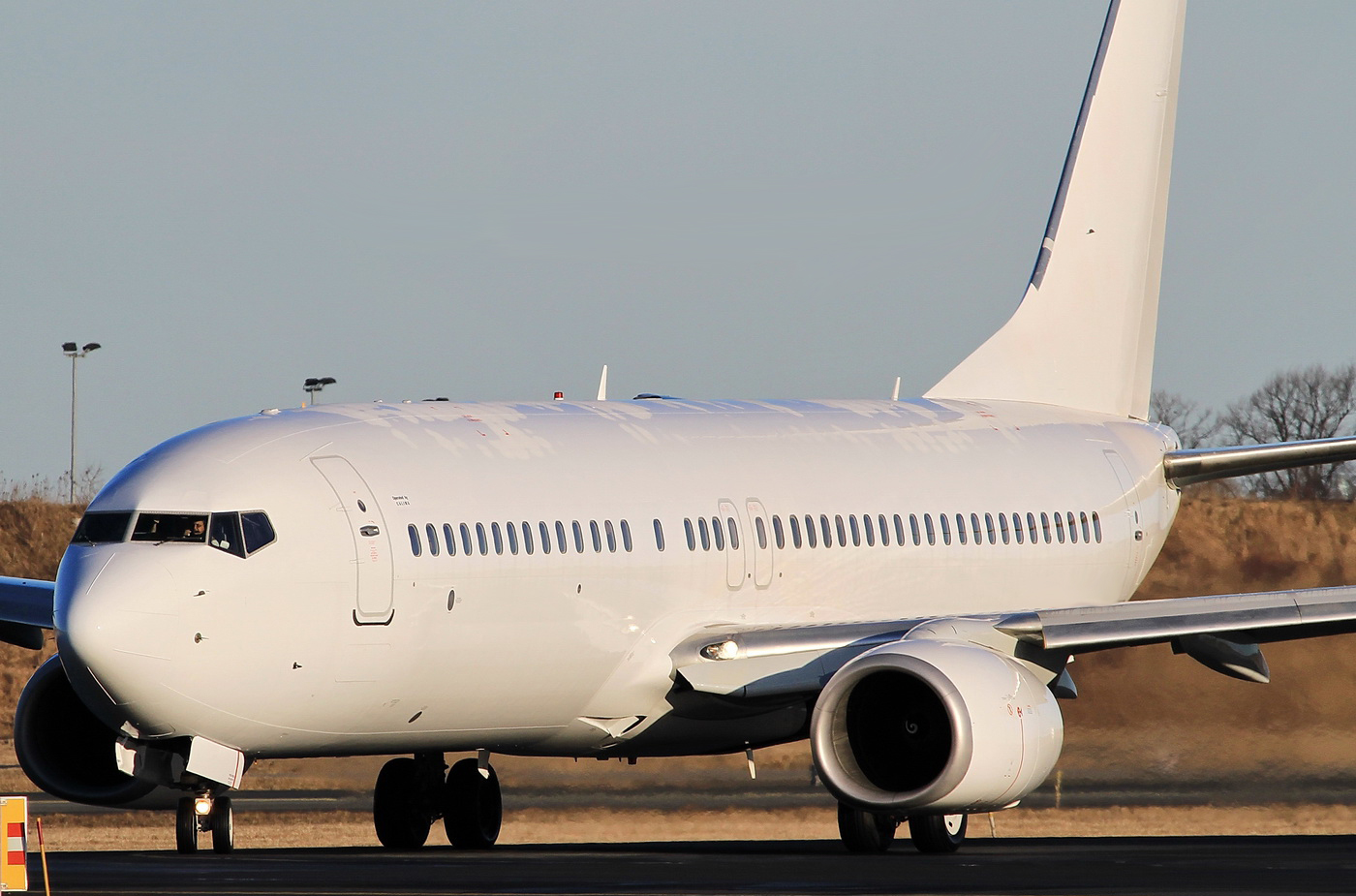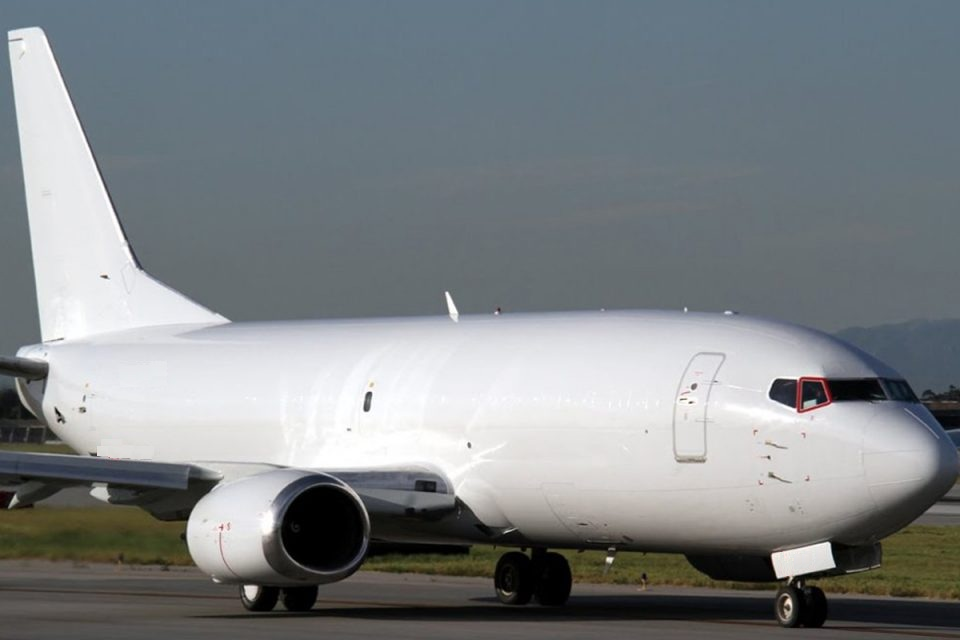WHERE YOUR AVIATION BUSINESS NEEDS
ARE PRIORITY NUMBER ONE!
Aviation Link International offers worldwide commercial PAX, cargo, and New Gen 737-700/800 aircraft inventory for sale or lease, Boeing PAX-To-Cargo conversions, aircraft remarketing and refurbishing, and VIP charters.
As an FAA Certified Aircraft Dealer, we recognize that this demands a constant search for quality and value to achieve the highest in customer care and satisfaction.
Aviation Link International team of trusted consultants always ensures that your asset management and financing needs are achieved in a cost-effective and timely manner.
An essential part of our corporate philosophy is the understanding that our sole existence is built upon a foundation of developing credible and enduring relationships with our clients.
Our core values are based upon respect, conducting business with integrity, openness, always doing what is best for the customer, and a handshake mentality.
We sincerely thank all of our past clients and look forward to growing and sustaining new business relationships and friendships now and in the future.




 FEATURED CLIENT
FEATURED CLIENT










